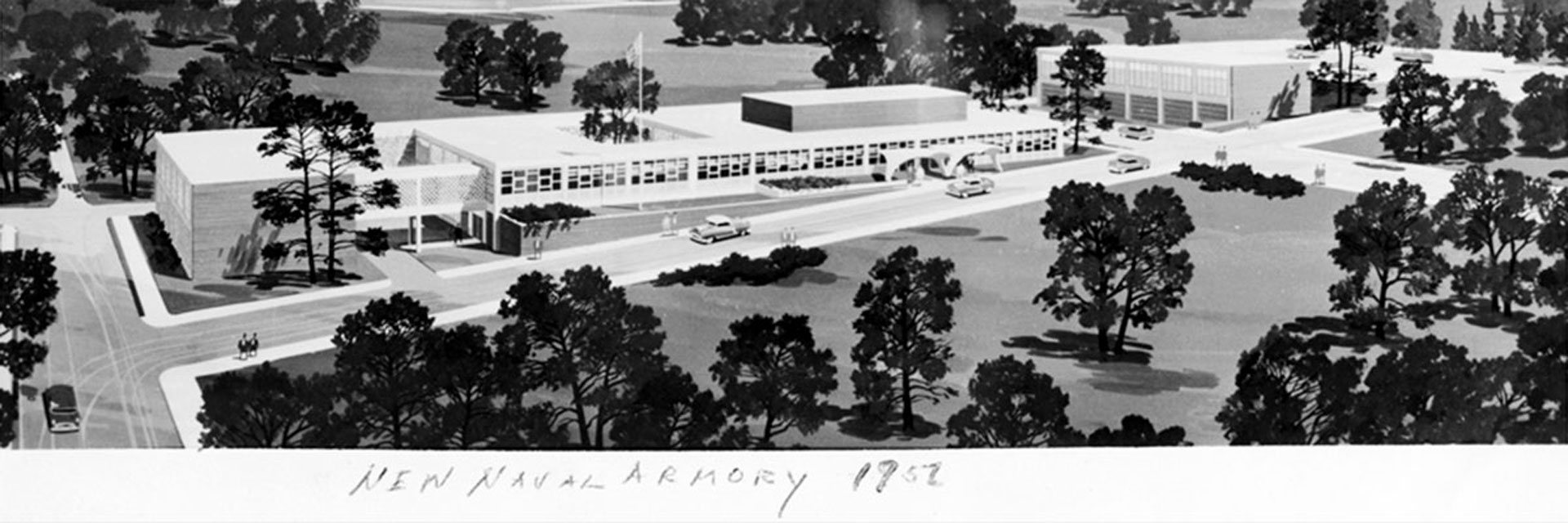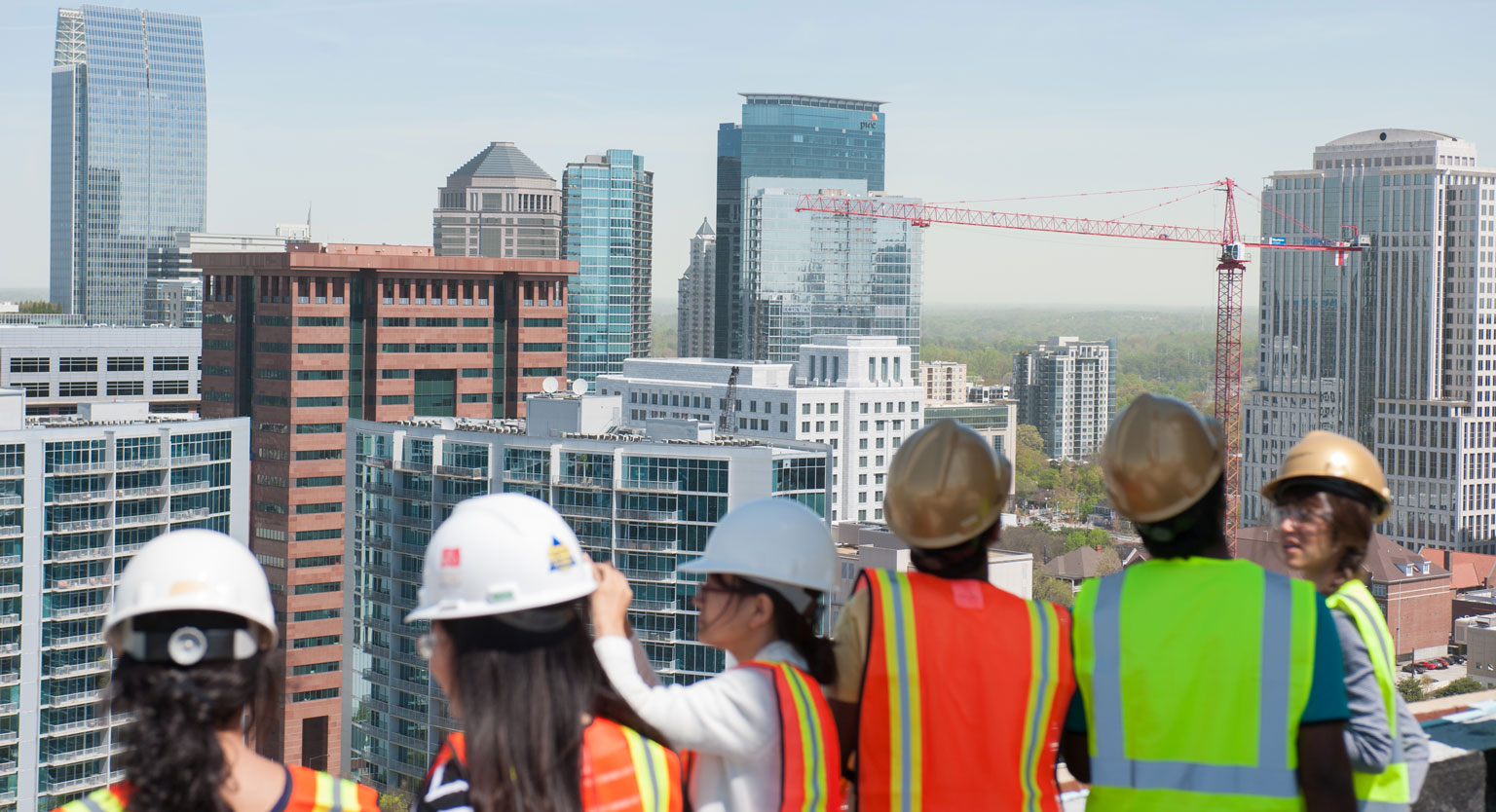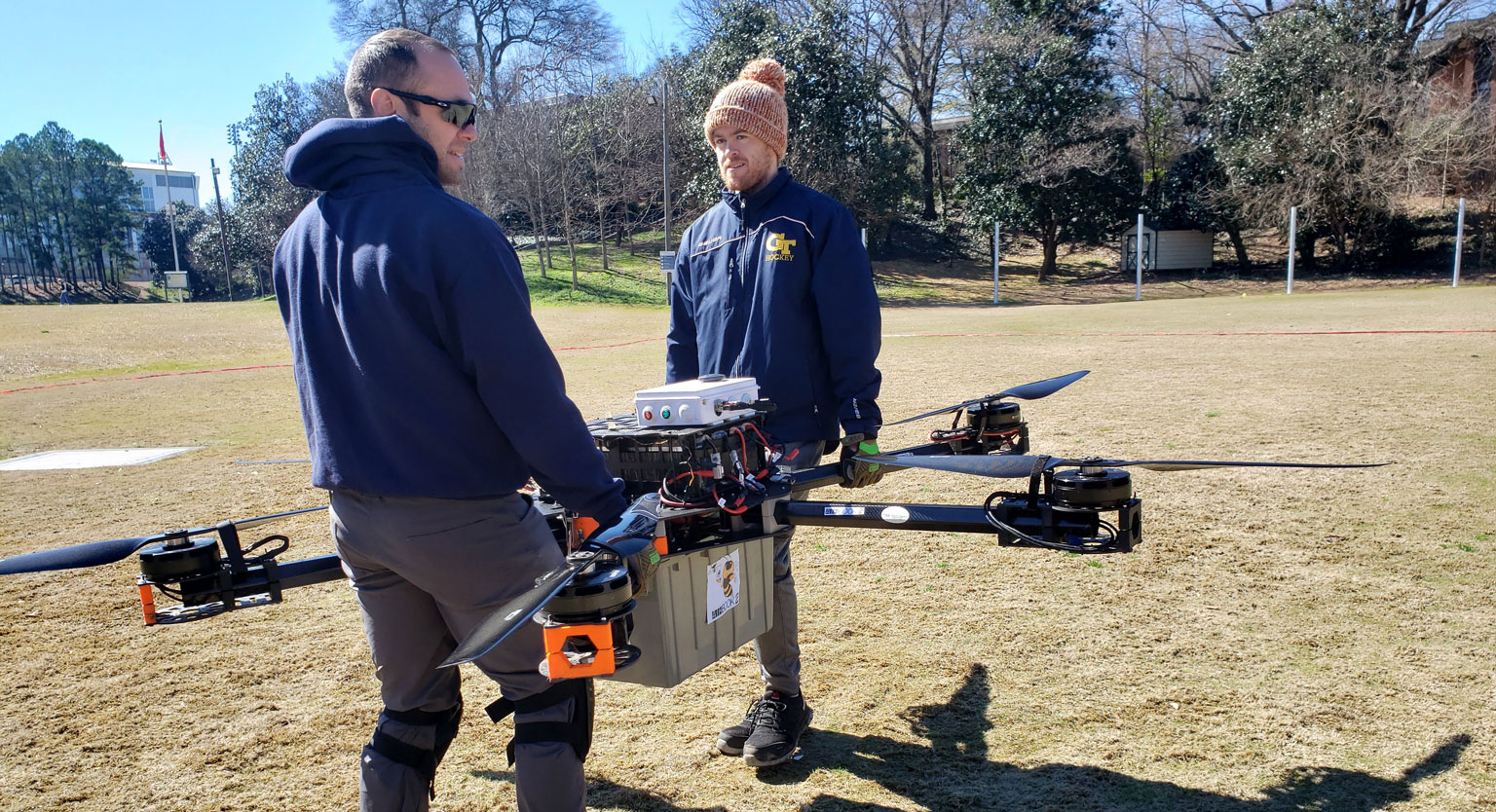
History
The roots of the School of Building Construction (BC) at Georgia Tech go back 60 years to the World War II era. The nation faced severe housing shortages, materials depletions, and a weak economy, as a result of the wartime demands. The Johns-Manville Corporation, one of the country’s largest building materials manufacturers, joined the efforts to re-house the nation by funding and building construction education programs. He sponsored multiple programs around the country, including the one at Georgia Tech.
Through the years, the Institute has shaped the reflection and vitality of the program, and those charged with its direction. When the State Board of Regents elevated the School of Architecture to College status in 1975, the Building Construction Program retained professional degree-granting status.




